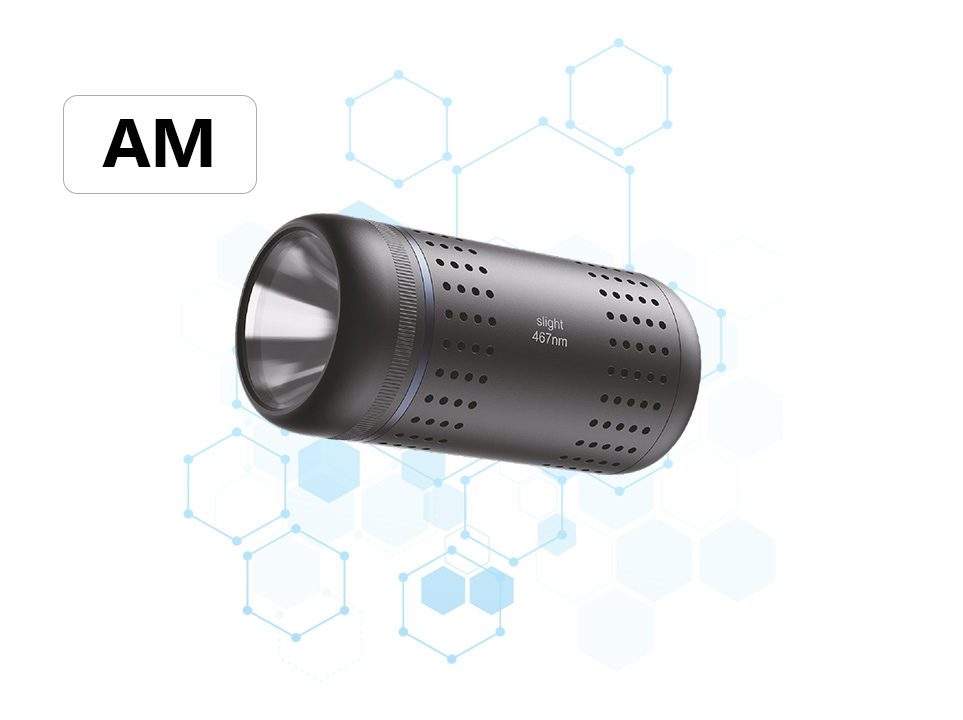Working principle of precision temperature controlled photoreactor
In the realm of chemical synthesis and material science, precision is paramount. One of the key tools enabling this precision is the precision temperature controlled photoreactor. This advanced piece of equipment combines the power of light-induced reactions with meticulous temperature control, creating an environment where complex chemical transformations can occur with unprecedented accuracy and reproducibility. If you're delving into the world of photoreactors or looking to optimize your existing setup, this guide will provide you with a comprehensive understanding of how precision temperature controlled photoreactors work.
The Basics of Photoreactors
A photoreactor, simply put, is a reactor designed to facilitate chemical reactions induced by light. This type of reactor leverages the energy from photons (light particles) to break chemical bonds, form new ones, or catalyze reactions that wouldn't occur in the absence of light. Photoreactors are widely used in fields such as photocatalysis, photosynthesis mimicry, and the synthesis of pharmaceuticals, polymers, and other specialty chemicals.
Importance of Temperature Control
Temperature is a critical factor in any chemical reaction, influencing reaction rates, selectivity, and yield. In photoreactors, temperature control becomes even more crucial as it directly affects the absorption of light by reactants, the efficiency of photocatalysts, and the overall stability of the reaction medium. Imprecise temperature control can lead to variations in reaction outcomes, compromising the reproducibility and scalability of the process.
Precision Temperature Control Mechanisms
Precision temperature controlled photoreactors incorporate sophisticated mechanisms to maintain a constant and uniform temperature throughout the reaction vessel. Here's how they achieve this:
Heating and Cooling Systems:
Heaters: These are typically electric heaters embedded within or around the reactor walls. They provide the necessary thermal energy to maintain or elevate the reaction temperature.
Cooling Jackets/Chillers: To counteract heat generation during the reaction or to achieve lower temperatures, photoreactors often feature cooling jackets filled with circulating refrigerant or are connected to external chillers.
Temperature Sensors and Feedback Loops:
High-precision temperature sensors, such as thermocouples or resistance temperature detectors (RTDs), continuously monitor the reaction temperature.
Advanced control systems use the data from these sensors to adjust the heating and cooling outputs in real-time, maintaining the desired temperature with minimal deviation.
Insulation and Heat Distribution:
Proper insulation of the reactor ensures minimal heat loss to the surroundings, maintaining temperature uniformity within the reaction volume.
Heat exchangers or stirrers with heating/cooling coils can further enhance temperature distribution, ensuring that all parts of the reaction mixture are at the same temperature.
Operational Benefits
The precision temperature control offered by these photoreactors translates into several operational benefits:
Enhanced Reaction Selectivity: By maintaining optimal temperatures, photoreactors can favor specific reaction pathways, reducing unwanted side products.
Improved Yield and Consistency: Consistent temperature conditions lead to more predictable and reproducible reaction outcomes.
Scalability: Precision temperature control makes it easier to scale up photoreactor processes from lab-scale to industrial-scale production.
Energy Efficiency: Efficient heating and cooling systems minimize energy consumption, reducing operational costs.
Applications and Industries
Precision temperature controlled photoreactors find applications in a diverse range of industries:
Pharmaceuticals: For the synthesis of active pharmaceutical ingredients (APIs) through photochemical routes.
Materials Science: In the development of new materials, such as photoactive polymers and nanomaterials.
Environmental Science: For the degradation of pollutants using photocatalysis.
Academia: As research tools in chemical and biochemical research laboratories.
Conclusion
Understanding the working principle of precision temperature controlled photoreactors is essential for harnessing the full potential of light-induced chemical reactions. By combining advanced temperature control mechanisms with the power of photochemistry, these reactors enable scientists and engineers to achieve unprecedented levels of accuracy, reproducibility, and efficiency in their chemical syntheses.





